I want to help you build a sustainable, profitable handmade business that makes you consistent income and sales. I only ever teach or recommend marketing, social media, pricing, production and branding tips that I’ve personally used successfully in my own 7-figure handmade businesses.
I'm Mei, from Los Angeles!
Read More
Popular Posts You'll Love
Looking for something?
Categories
starting a business
get more traffic
running a business
make more sales
branding
growing a business
mindset & productivity
podcasts
pricing & money
product photography
reviews
selling on etsy
selling on amazon
social media
selling wholesale
- Facebook0
- Twitter9
- Pinterest0
- 9shares
Diamond jewelry, Starbucks, movie theatre popcorn. What do these items have in common?
They’re all ridiculously overpriced – and insanely popular.
Today, I want to share with you 10 of the most overpriced, and highly purchased, products on the market. I wanted to write this blog because these products actually tell us a lot about how WE can price our own products as business owners.
Through the years of operating my food-scented jewelry business Tiny Hands, I’ve learned so much about product pricing and product worth.
Which makes it even more fun for me to check out some of the most overpriced products on the market today – and tell you why they’re selling anyway.
A challenge that I know we face ALL the time is finding that perfect price for our products, right?
If you feel that way, let me know in the comments below. You’ll see that you’re not alone.
Product pricing anxiety is a very real thing – there’s so much baggage attached to it, and how do you even begin to attach a monetary value on your skills and time?
We worry that if we price too high, customers won’t bite.
So instead we price our products as low as possible, which ultimately undervalues our work and we don’t make enough profit to keep our business afloat.
So today, I’m going to help you debunk the myth that expensive equals unsellable.
In fact, it’s been proven over and over again that high prices don’t scare away customers the way you might think.
So many businesses have charged outrageous prices for their products – and yet they’re STILL making sales.
The right kind of sales from the right customers.
Because you don’t want to make sales from just anyone.
At the end of the day, it’s not actually just your pricing alone that impacts your success – it’s more about understanding marketing and pricing psychology.
Alright, let’s get into these ridiculously overpriced products. Ready?
Number Ten – Bottled Water
Most people know that bottled water is bad for the environment – but they might not realize it’s bad for their wallets, too.
Ever wonder why you pay so much for bottled water when you can fill up a glass from your sink for free?
Well, there are a number of factors involved. But first of all, imagine trying to make your product stand out among a dozen other brands of the EXACT same product, which also happens to be just about the most common product in the world.
That’s the dilemma bottled water companies face every day.
They pay a ton in marketing, graphic design, and even bottle design just so you’ll pick their flavorless liquid over the one right next to it.
Not only that, but the costs that go into labor, materials, energy, packaging, shipping, and sourcing the water in the first place tend to add up.
That’s why, depending on the brand of your favorite bottled water, you could be paying up to 10,000 times the cost of a glass of tap.
And yet, bottled water will always be purchased, as long as humans keep drinking it, and keep thinking that if it’s bottled, and if it’s expensive, it must be better quality water.
Number Nine – Movie Theatre Popcorn
Everyone loves hot, buttered popcorn at the movies, right?
I mean, we’ve been trained to expect popcorn at movie theaters.
They just go together like peanut butter and jelly – because we expect them to, thanks to some amazing marketing many years ago.
That’s why we’re willing to pay so much for it.
The cost to sell a medium popcorn at movie theaters is $0.90 but we pay almost an 800% markup for it, at $8.
Compare that with Target, where you can get 24 packs of popcorn for $5.
So, the logic goes that if we pay less for a movie ticket, we’ll pay more for concessions.
Because we’ll feel like we’ve saved money on the cheap ticket and have more money to spare on things like popcorn or other concessions.
Does it matter that we could make popcorn at home for practically nothing?
No, because popcorn at home never tastes quite the same.
And at the movies, popcorn is just part of the experience.
This is cross selling at its finest, and we can apply this in our business too.
What are some complementary products to your existing product line that you can make and sell?

Number Eight – Cosmetics
Have you ever paid $30 just for a stick of eyeliner?
Yeah, me too.
And we will keep buying expensive makeup even though we know there’s a huge markup.
But why is that? I’ll give you a hint – it’s not because the expensive makeup is better quality, no matter how many times we tell ourselves that.
The fact is, the cost of makeup is only about 15% of the price.
The reason cosmetics are so expensive is because they can be.
Makeup companies know that people want to spend more on makeup, because they want to feel like they bought the best possible brand.
Cosmetics alone are proof of pricing psychology at its finest – if we believe something is better, we are willing to pay more for it, and if something costs a lot, then we believe it must be better.
Not to mention, there’s a ton of marketing that goes behind selling makeup, with all the beautiful models, celebrities wearing that makeup, product reviews online, word of mouth, YouTubers talking about that makeup.
It’s a huge industry with insane profit margins.
Number Seven – Starbucks
So, you can get some cheap coffee from the grocery store to have at home, or you can head out to Starbucks for something more…special.
It’s easy to ignore that it’s so much more expensive, because the coffee just tastes so good.
Not to mention all the extra flavors, colors, and seasonal masterpieces they keep coming up with that we get so excited for.
Now, Starbucks charges more than necessary for their drinks because they know that there are a few things people will pay more for: convenience, the excitement of buying something limited edition – like Pumpkin Spice Lattes – and popularity.
Who hasn’t shared a picture of a bright pink Mango Dragonfruit Refresher on their Insta story?
There’s so much social proof around Starbucks.
I don’t even really drink coffee, so I don’t go to Starbucks, but even I feel like I’m missing out on something here.
In short, we’re willing to cough up the extra cash for coffee if it’s what everyone else is doing – and it doesn’t hurt that the drinks feel special, even if they’re all just different variations of milk and sugar.
So how can we make it so that everyone is talking about our products?
Check out my media outreach video here where you can get your products in the hands of influencers, magazine editors and basically anyone with a huge audience, and if you time your media features so they happen at about the same time, it’ll seem like you’re the next big thing and everyone will want to buy your work!
Number Six – Brand Name Foods
Which would you rather eat? Cheerios or a cereal called Dry Beige Circles?
I’m going to go ahead and guess Cheerios, even though Cheerios literally are dry, beige circles.
Customers will almost always spend more on brand name foods – even with an equivalent, cheaper food sitting on the shelf right next to it.
This is largely thanks to marketing – we recognize brands like Cheerios, Kraft, and Chobani.
Since we recognize them, we trust them.
We know that they’ll taste the same every single time – leaving no room for unwanted surprises – and we assume, because we’ve seen their commercials so many times, that they’re healthier and better quality.
So, we’re willing to spend $4.99 instead of $1.99 just to have that extra brand comfort – even when it’s completely unnecessary.
So branding is super important, and with the right kind of branding, it can instantly elevate your pricing and demand for your products, which means more sales for you.
Number Five – Designer Clothes
Just like brand name foods, people are willing to pay more for clothes just for the label.
It’s true that some designer clothes might be better quality, but that doesn’t mean they’re worth nearly how much we’re paying for them.
If you’ve ever bought a pair of True Religion jeans, for example, you’ve probably handed over around $300 of your hard-earned cash.
It might make you cringe to know that True Religion only spends around $50 to make the jeans in the first place, which isn’t even that crazy high of a markup compared to other luxury brands, or that you can get a pair of jeans from Targetfor around $30.
And yet, just like with our food, we are more willing to trust brands that we’ve heard of – especially if they have a reputation of luxury.
We want to feel luxurious too.
Number Four – Printer Ink
Ohhhh, printer ink.
Terrible for the environment.
Terrible for our wallets.
But a totally necessary item if we ever have to print literally anything.
Consumer Reports found that the ink costs between $13 to $75 per ounce!
That’s as expensive as luxury perfume.
Yet we spend $20 billion every year on ink.
This is a classic case of pricing more for something that businesses know you need.
If you own a printer, you need ink, so you’ll spend whatever it takes to get it.
Number Three – Tiffany’s Paperclip
Ready for this one, guys?
If you head to Tiffany & Co’s website, you might just stumble upon a $1500 paperclip bookmark.
Yeah, it’s part of their “Everyday Objects” line – where they create everyday objects – like paper clips, cans, and balls of yarn – in solid gold and silver.
Now, the average person looking for a paperclip will probably head to Staples or Amazon and spend a few bucks.
But Tiffany’s isn’t selling function, they’re selling notoriety.
The customer base that this paperclip, and the other everyday items, is aimed at is upper class people who crave owning the next hot item.
In this case, a solid gold paper clip that doubles as a bookmark.
It’s amazing what people will pay just for that brand name, and the idea that they’re one of the few people in the world who can afford it.
If you ever feel bad got charging higher prices, I encourage you to look at the Tiffany’s paper clip from time to time.
Number Two – Diamonds
And speaking of Tiffany’s, did you know that diamonds are one of the most overpriced items in the world?
People spend a TON of money on diamonds – the average cost of a diamond engagement ring is between three and ten grand, and that only scratches the surface of the diamond industry – because they believe that diamonds are rare and special.
In reality, this is a total myth.
Diamonds aren’t actually rare at all – and if we weren’t trained to believe that, we’d be spending a whole lot less on every piece of diamond jewelry we buy in a lifetime.
But it’s not only the idea that they’re rare that makes diamonds so expensive.
It’s also the idea that an engagement ring is something you’ll only get once in your lifetime.
It’s sentimental, an heirloom, and it’s supposed to be expensive.
If you can attach your product to an especially meaningful occasion in a person’s life, you can charge premium prices because people are willing to pay for it.
Number One – A $100,000 McDonald’s Chicken Nugget
This one is CRAZY.
So in early June 2021, a McDonald’s chicken nugget was put on Ebay for .99 cents.
It vaguely looked like a character from the video game Among Us, which is super popular, so the seller thought some fanatic might want to take a bite.
Well, it didn’t get much interest for the first few days – until, out of nowhere, someone bid nearly $15,000 on the nugget.
It turned out that this nugget came from a limited edition BTS meal – as in BTS the K-Pop band.
BTS had partnered with McDonald’s to create a special meal of band members’ favorite bites, inspired by the McDonald’s South Korean menu, along with some limited edition sauces.
As soon as bidders were aware that this strangely shaped nugget was part of the BTS package, a bidding war began.
In the end, it sold for $100,000.
Keywords here: celebrity, notoriety, limited edition.
Customers will come.
If you take anything from this list, I hope it’s this: you can overcome your fear of pricing too much, because overpriced products sell all the time.
To most people, high prices mean high quality – and that usually IS the case.
Not only that, but a high price also translates to exclusivity to some luxury-hungry consumers.
Not to mention, one of the best perks of pricing higher is you get to minimize the number of discount grabbing customers who always want to haggle with your prices and who don’t value your work.
When our prices are high, we are stating loud and clear that we know our worth – and no one can undersell us.
What’s the most overpriced product you’ve ever seen?
Let me know in the comment section below!
And don’t forget to subscribe to my YouTube channel for more great handmade business tips and tricks.
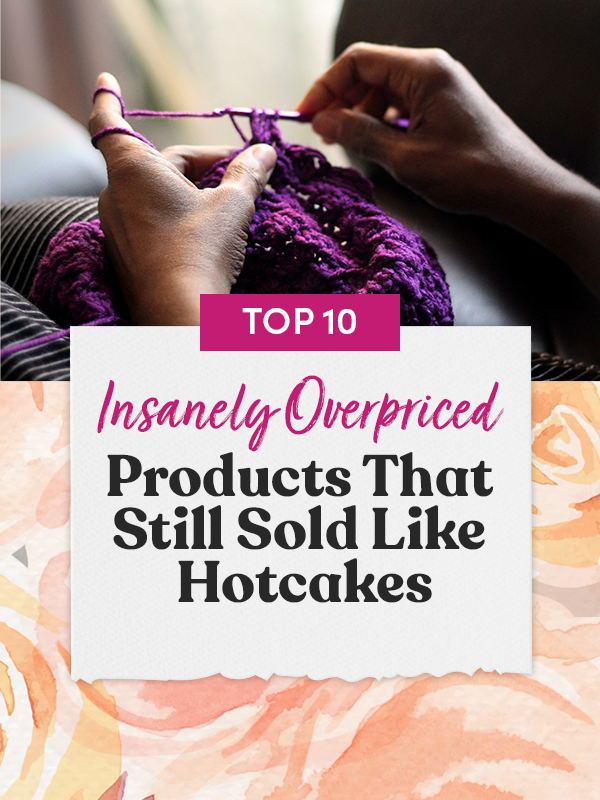
Leave a Comment
Liked this article? Share it!
Unlock a Profitable Handmade Business
in Just 12 Weeks Without Using Etsy
or Social Media
FREE WORKSHOP
This workshop is for anyone who makes and sells a handmade or physical product, including jewelry designers, artists, paper designers, bath & body product makers and more!
What You'll Discover
The #1 mistake people make with Etsy & social media that causes shops to FLOP
The secret to making it with your handmade shop so it's no longer just a hobby
How to make sales in your handmade shop with ease so you can finally get to 6-figures
TAKE ME THERE
Leave a Reply Cancel reply
About
Blog
A Sale A Day
Student Login
Free Class
Contact
Terms
Become A Student
Watch On YouTube
Student Reviews
See My Handmade Shop!
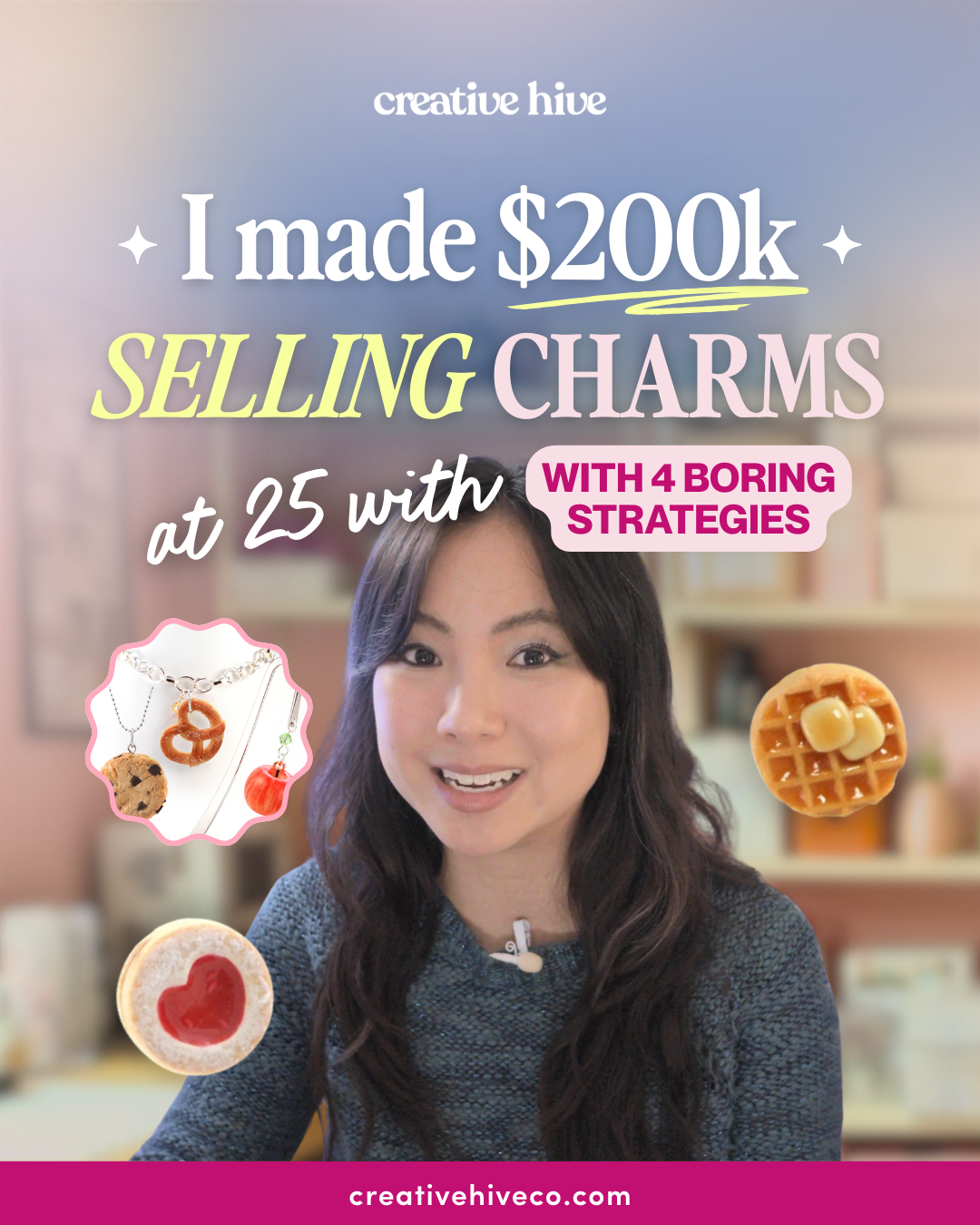
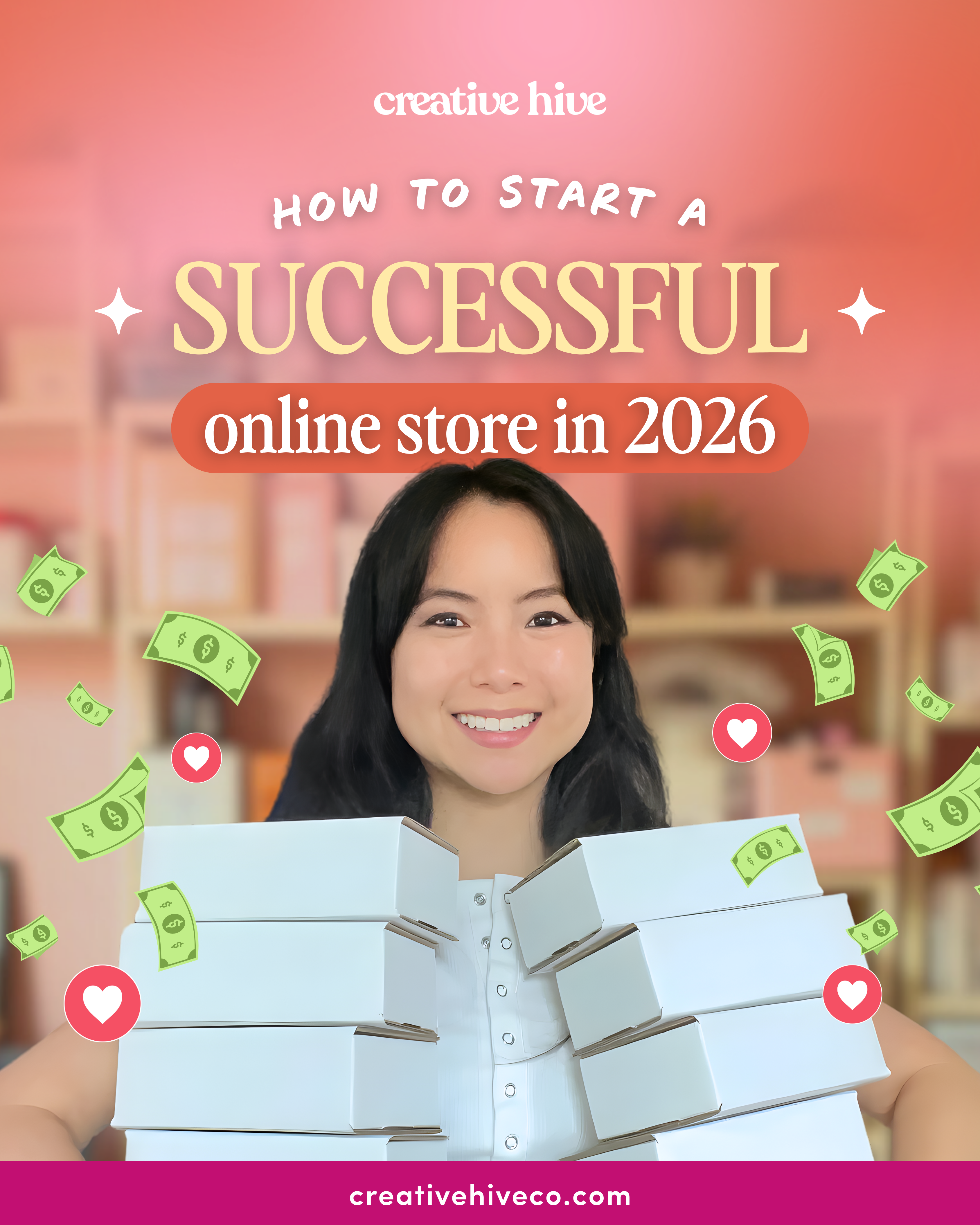
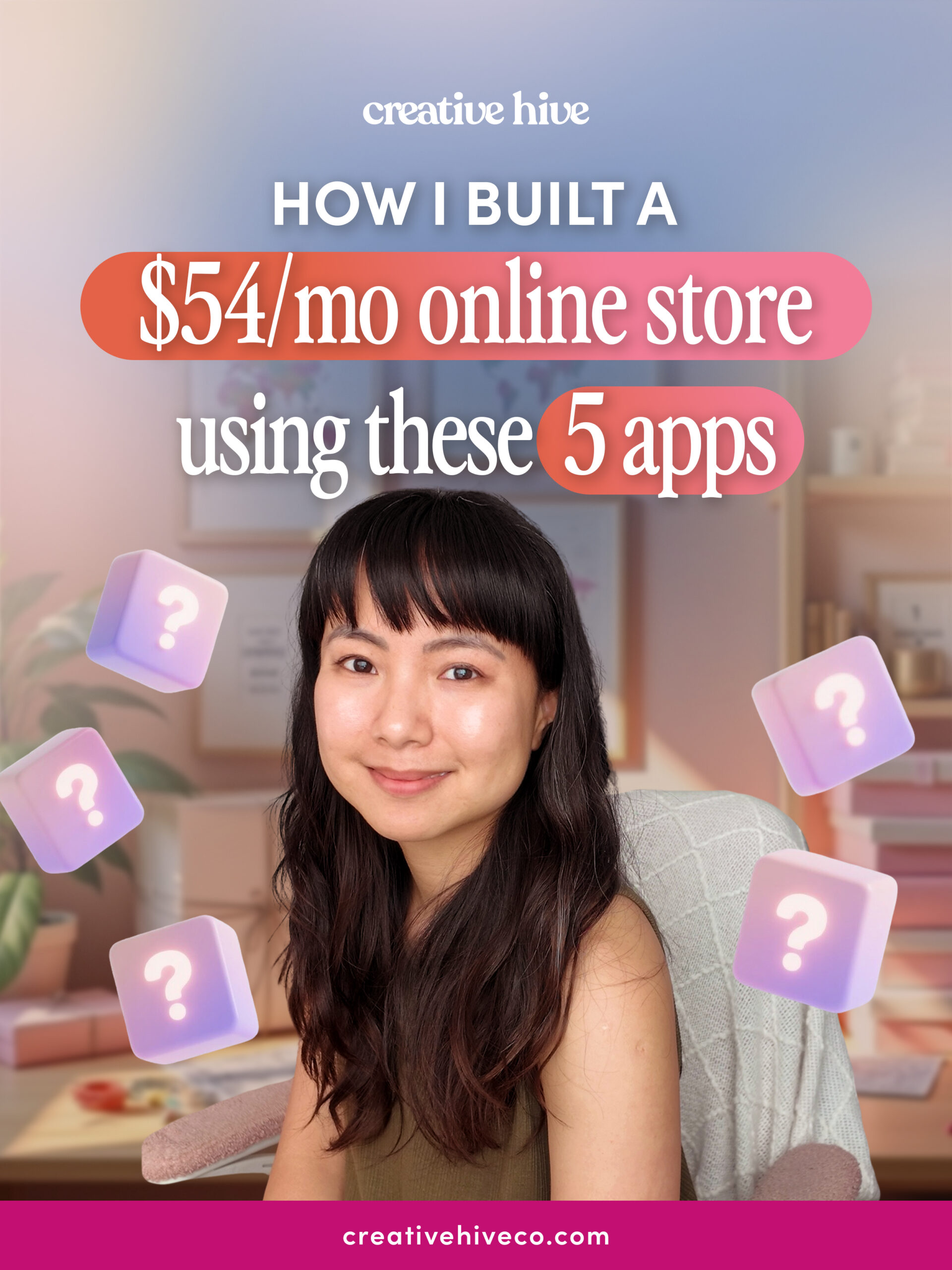
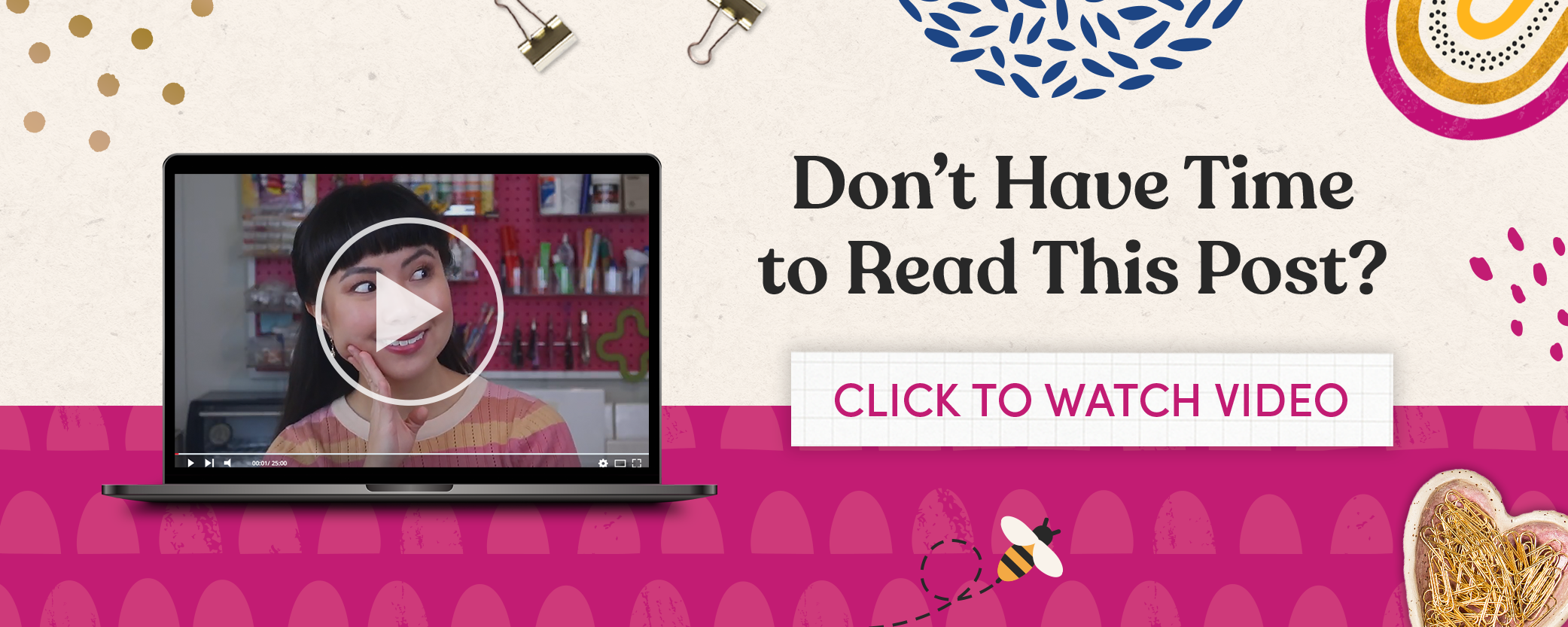
Your email address will not be published. Required fields are marked *